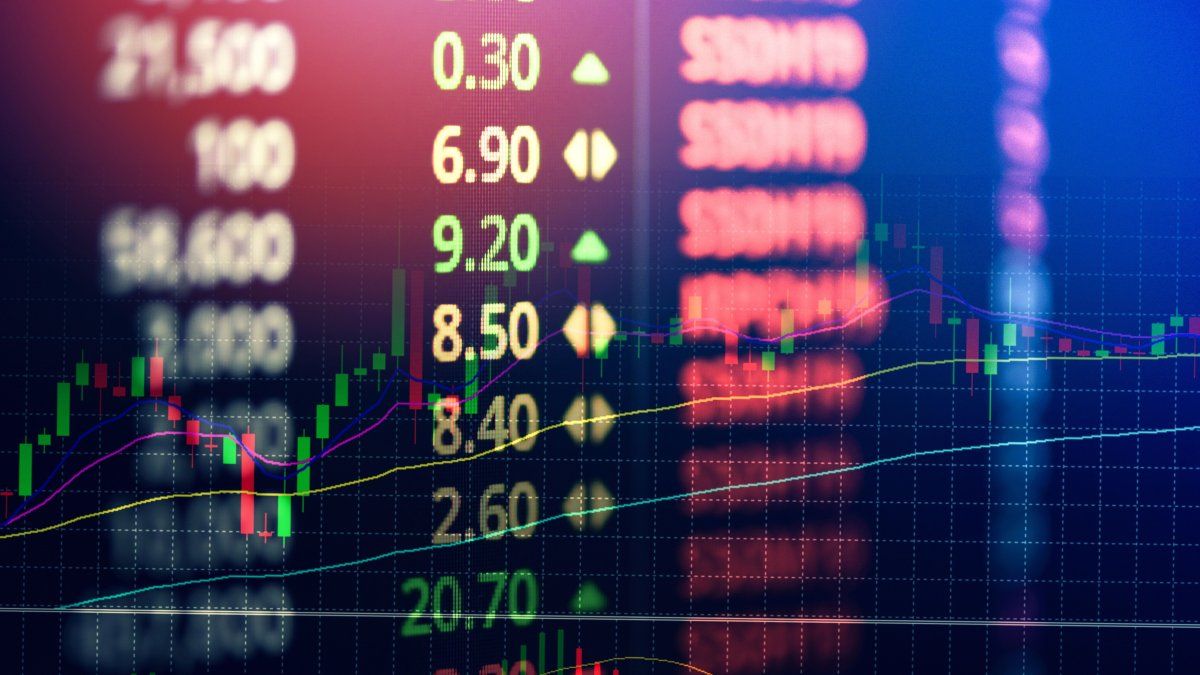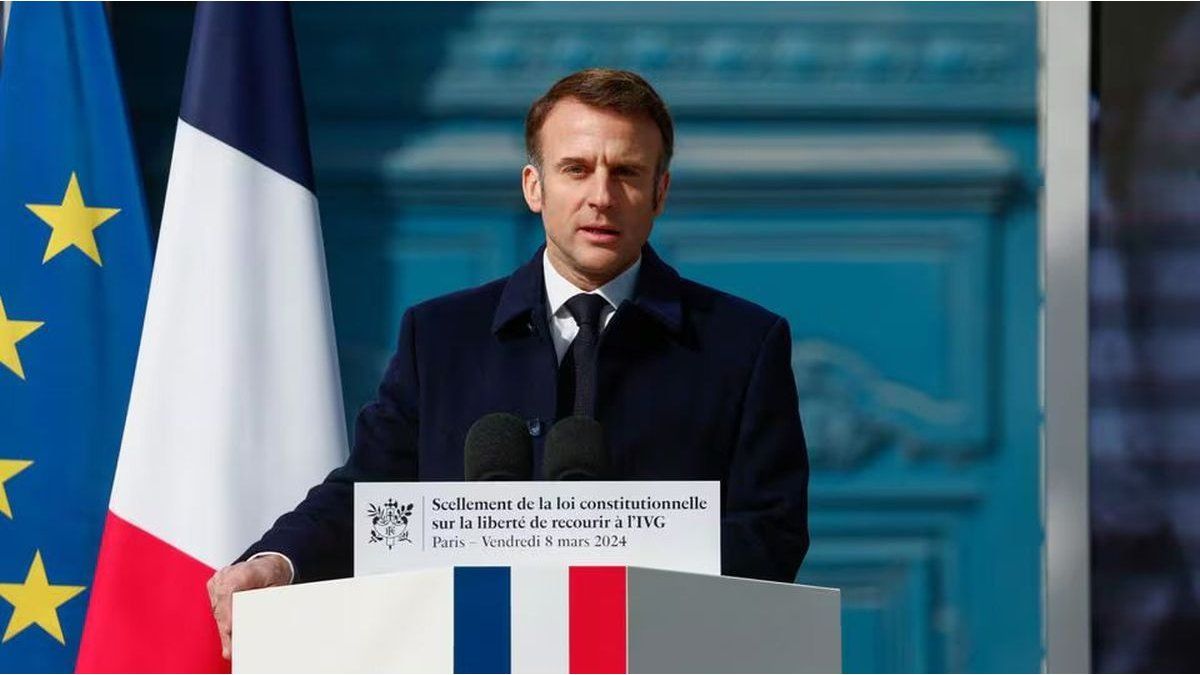He The market began a path of recovery of reserveswhich occurred within the framework of a combined effect of new financing, revaluation of the yuan, increase in gold and purchase of dollars in the market.
Reserves total US$27.382 billion, so far in August it has purchased US$147 million, and it can get out of the drought window that meant July with sales of US$138 million, and June with sales of US$47 million.
On May 31, the MEP dollar was worth $1,215, on Thursday it closed at $1,310, and reached its peak on July 2 when it reached $1,428. We will soon see it again near $1,200. Inflation between August 2024 and November 2023 would be 140%, the dollar when Javier Milei took office was at $1,000, whoever bet on the dollar lost a fortune, today it should be at $2,400 and it is barely worth $1,310.
If the government continues to buy reserves, we will see that sovereign bonds will begin a process of price recovery. AL35 bond It was quoted at US$ 50.75 on April 8, and on Thursday, August 8, its price closed at US$ 41.45, consolidating a floor in the US$ 40.00 zone. This bond pays a semi-annual income of US$ 2.06 between 2025 and 2027, a semi-annual income of 2.37 in 2028, and a semi-annual income of US$ 2.50 between 2029 and 2030, to begin paying amortization from 2031.
The AL35 bond has an internal rate of return of 19.4% per year at a price of US$ 41.45. If the price were to be US$ 50, the internal rate of return would be 15.9% per year. If the price were to be US$ 52, the internal rate of return would be 15.2% per year. In this last case, the bond would increase by 25% in dollars, a real bargain.
As the Central Bank demonstrates that it has the capacity to buy dollars on the market, investors’ appetite for buying local bonds will grow. There are still 33.2 million tons of soybeans and 28 million tons of corn to be sold, although not all of them are sold, because there is a small percentage that is left for seed, and a stock that is carried over to the next campaign, so there is still a lot to be sold, and dollars to be entered into the system. Corn planting begins in September, and soybeans in October, and some of them will be sold to cover campaign expenses.
The decline in the Industrial Production Index (IPI) is causing concern to investors; activity must start to grow again. Bets are being placed on money laundering and moratorium. The expiration of the income tax and personal property tax has been postponed once again. The government takes on new challenges at every step; if it continues to achieve a fiscal surplus, the Central Bank buys dollars, and reserves rise, the fall of the country risk is just one step away.
Dark clouds
The weather is playing tricks on you bad trick to the fieldalthough we will not have a forecast for La Niña, the dry weather that is expected in the coming months could bring late frosts in spring, and early frosts in the fall. This will affect crops, reduce pastures, and hit hard on agricultural and livestock activity.
Soybeans continue to fall on world markets, something similar happens with corn and wheat. Since 2022, prices have continued to fall, the Russian invasion of Ukraine opened a period of contraction, given the possibility of an expansion of the war. If we add to this the problems in the Middle East, there is no reason to believe that the world will soon have an economic recovery, which will lead to an increase in consumption and the recovery of agricultural raw materials.
Conclusions
. – The improvement in the ratings of Argentine banks pushed up the Merval index. We must not forget that energy companies showed a substantial improvement in their balance sheets. Transportadora Gas del Sur earned in the first quarter of 2024, a sum greater than what it had earned during the entire year 2023. Subsidies are over, companies will begin the path of capitalization and greater private investment.
. – The world remains a question mark. The ghost of recession is lurking in the United States, and if the Federal Reserve lowers the short-term rate, it could turn it into a soft landing, which would benefit emerging markets.
. – The Central Bank is buying dollars in August, reserves are improving, this could trigger purchase orders on Argentine bonds, if the country risk decreases we are closer to overcoming the problems derived from the lack of financing.
. – Sooner or later, the credit guaranteed by gold (US$ 4.7 billion) from the Central Bank’s reserves will be coming, which would give the government more liquidity. The banks are changing their credit policy, dismantling the LEFI, and are beginning to increase their financing portfolio, especially credit to individuals.
. – If wages continue to rise, inflation continues to fall, and the government maintains a surplus of pesos and dollars, the recovery of the Argentine economy is just around the corner. Sovereign dollar bonds maturing in 2035 yield 20% annually. Central Bank-guaranteed bonds for 2026 yield 25% annually, and an inflation-adjusted peso bond maturing in February 2025 yields inflation plus 11.0%. Only peso bonds adjusted for the wholesale dollar maturing in March 2025 have a negative return rate of 7.0% annually.
. – Dollars are not the investment alternative. Bonds with a return on investment of between 8 and 4 years are the best alternatives for this situation. In every bullish market movement, bonds rise first, then leading stocks, and then general-panel stocks. Today is a good time to bet on bonds.
Financial Analyst
Source: Ambito
David William is a talented author who has made a name for himself in the world of writing. He is a professional author who writes on a wide range of topics, from general interest to opinion news. David is currently working as a writer at 24 hours worlds where he brings his unique perspective and in-depth research to his articles, making them both informative and engaging.




